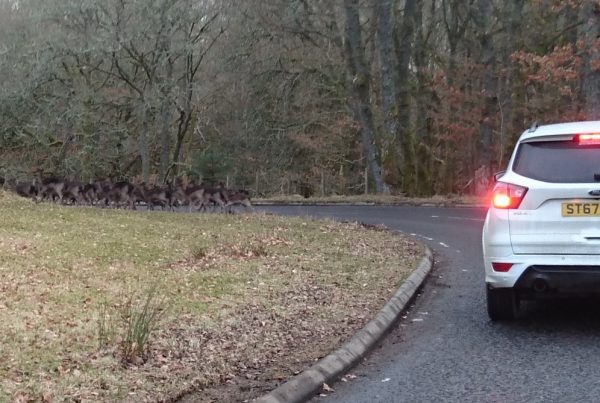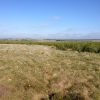Forestry Commission Scotland (FCS) has developed some new grants under SRDP that should be of considerable interest to woodland owners.
The first is a Woodland Improvement Grant (WIG) to create a deer management plan, across multiple properties to ensure the majority of deer range is covered (i.e. landscape scale assessment). The central requirement is for owners to undertake a deer density assessment using dung counts, based on FC Bulletin 128 which SCL wrote. Crop impact assessments are also done on young trees if present. The grant rate is good, and will cover most or all of the cost of undertaking the survey. Using the survey data, a deer population model is created and proposed culls set – these data are included up in a short DMP that FC will then assess.
If approved, the owners of the land surveyed can then apply for a Sustainable Management of Forests (SMF) grant for Reducing Deer Impact. This grant pays a rate per ha for deer control, the aim being to reduce deer densities to 5-10 per km2 over the course of several years based on the cull model and then maintain them at this level. The main reason for doing this is that research shows deer impacts on forest crops, and on broadleaf woodlands and other semi-natural habitats, tend to lie within acceptable limits if the deer density is brought down to within this range. The grant rate covers the net cost of deer control (i.e. total costs minus venison revenues) to bring densities down to a low level, as opposed to the total cost.
Once densities are at the lower level, foresters should find they have much greater freedom to plant a wide range of species without resorting to physical protection. In most circumstances, it should also allow semi-natural woodland regeneration processes to be kick started and a pulse of new regeneration to come through. SCL is well placed to help owners work through the entire process, from the design of surveys and delivery through to cull modelling and planning.










